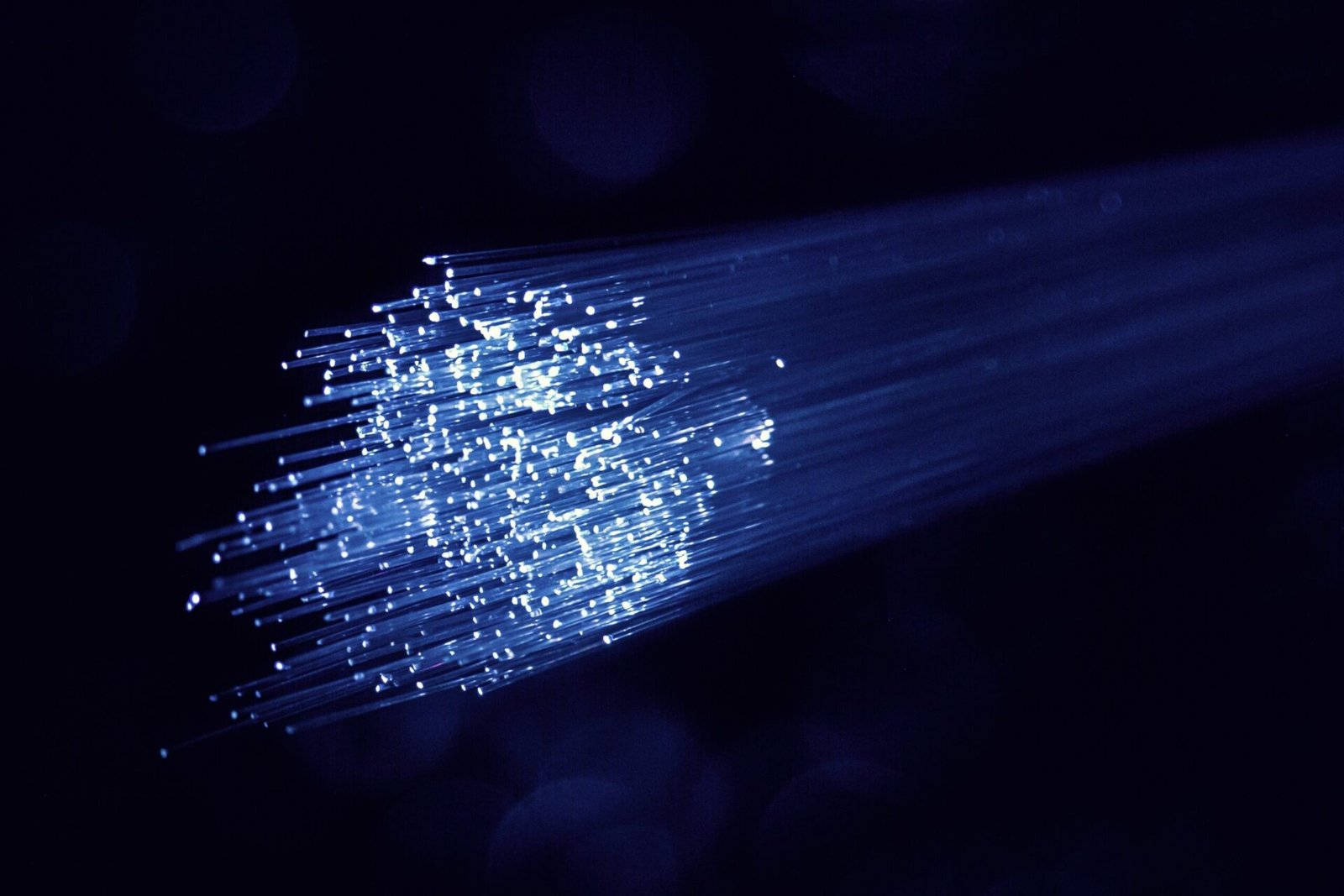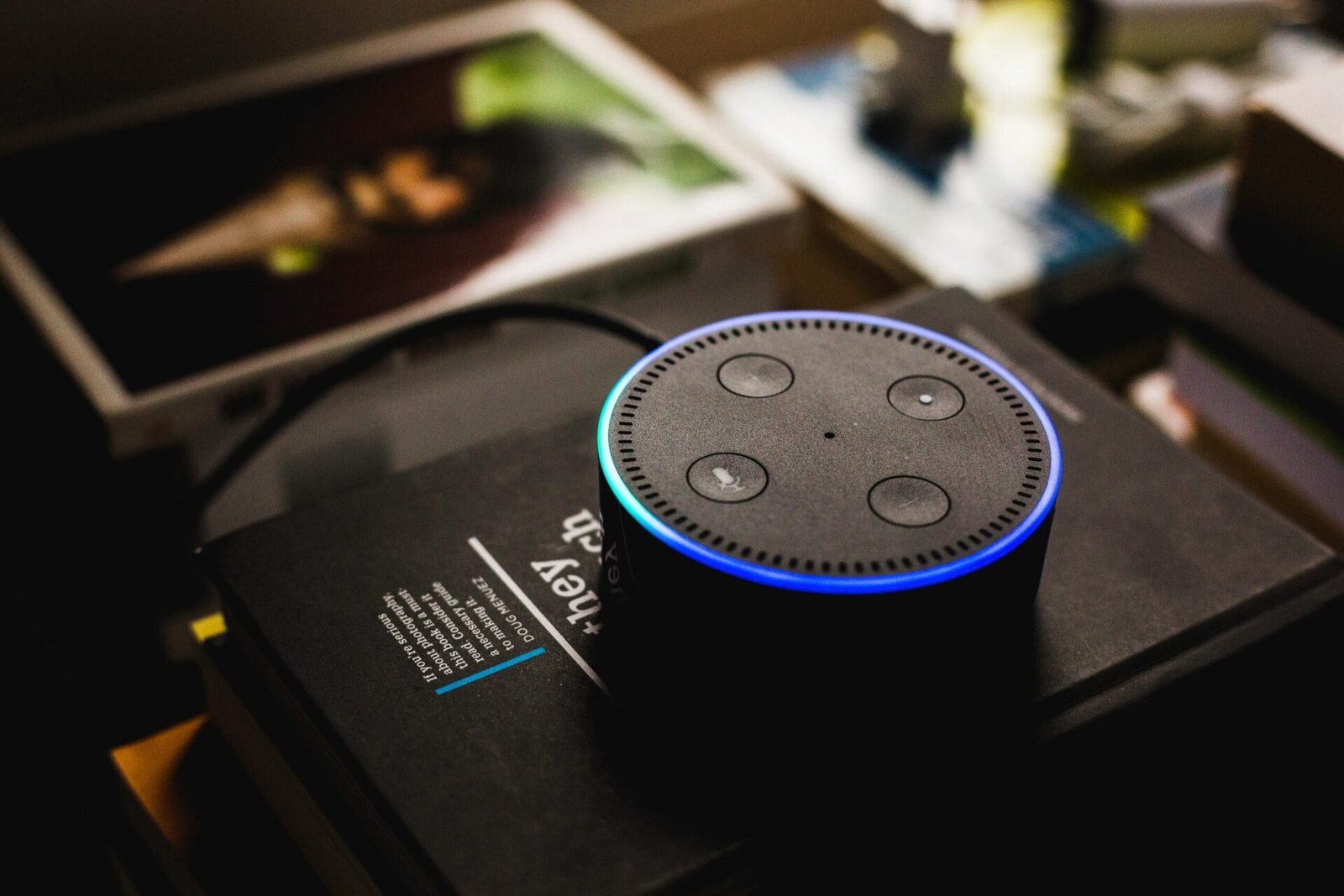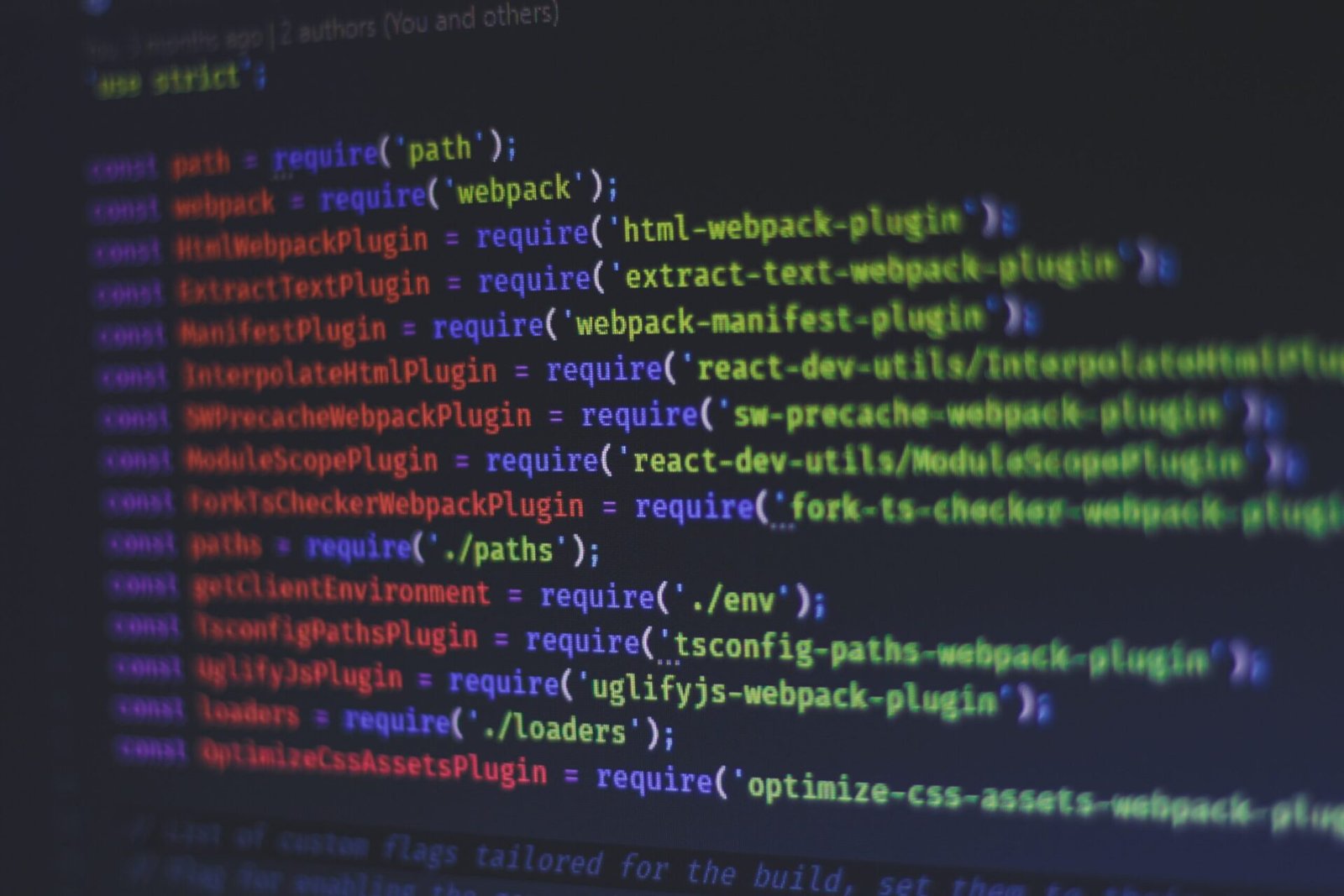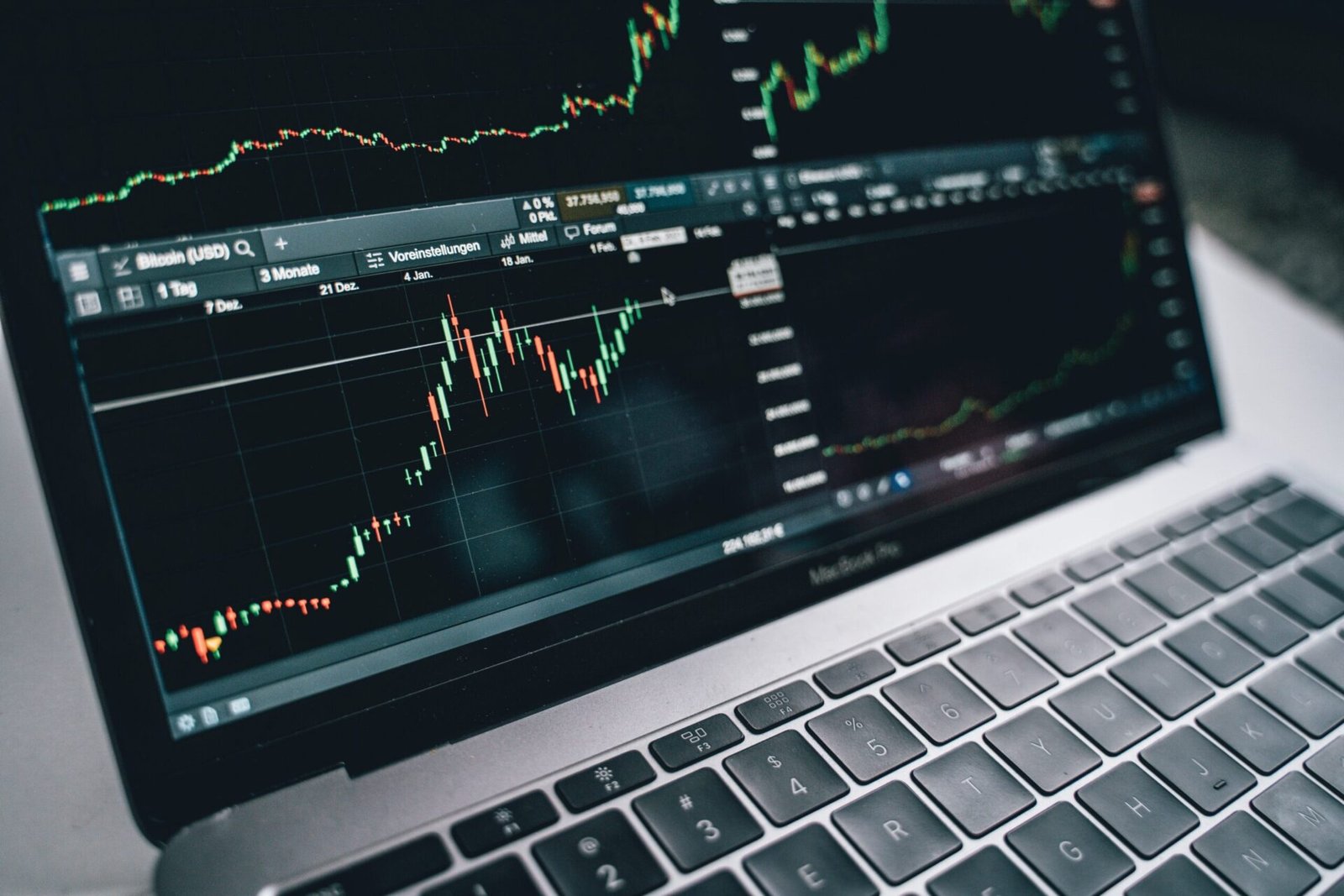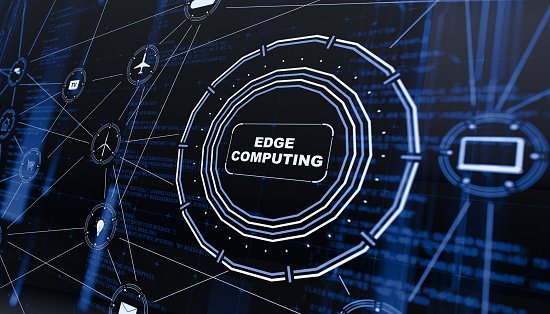2023 and Beyond: Navigating the Connected Future with the Internet of Things
As a beginner, the term “Internet of things” looks amazing. As to what type of things or electronic devices use the internet. And how the internet can increase their efficiency of operating?
The concept is related to objects that can talk or listen for their proper functioning. For example; Google voice receives the information based on your voice.
The internet of things elaborates the network of things which are integrated with software of computer and other electronic machines. The purpose of this integration is a strong connection between the internet and machinery to improve its efficiency.
It is the result of the evolution of technology, which made the construction of smart devices possible. This technology is the fruit of
- Machine Learning
- Commodity Sensors
- Embedded System
Go back to the History of IoT
Mark Weiser was the first who generated the idea of the Internet of things at the Carnegie Mellon University of Pennsylvania in 1991. After research and findings, he wrote an article about this technology “The computer of the 21st Century”.
Later on, Kevin Ashton worked briefly on the “Internet of things” in 1999 with innovating the world with new technology.
How the Internet of Things operates?
Special sensors are an integral part of such devices or machinery, uses the internet for connection and operational functioning. It integrates data from a given input, and performs task according to its software and provide the best output in the seconds. It only processes the data is according to its fed information and ignores all remaining that does not match. The programming of machines by using different software that shifts it is manual working to automatic type.
The IoT is a formula to train machines with the fastest technology that can perform the respective task with 100% accuracy within nanoseconds. The connectivity and networking of the devices depend upon the internet for their proper functioning.
Examples
The most common example of IoT from our daily observation is the smart home security system that is an integral part of rich houses. The purpose of the installation of a smart security system is to make house protective with a technology-based strategy. It consists of security cameras attached with the PC and an alarming bell that work together to avoid outsiders.
Other examples include smart microwaves, smart TV, toasters are common appliances used in every home.
Future of the Internet of Things
For a smarter lifestyle, the Internet of things is necessary for innovation through high technology. We switched from manual workouts to manual machines for proper working. Now, we are moving from a manual lifestyle to an automatic type that will reduce time wastage and labor costs.
During this faster era, the real means of enjoyment is that you’re all tasks done within seconds, operating small input. This input may be your voice or a sign that triggers the smart machine to complete its assigned task.
The Internet of Things
The Internet of Things (IoT) refers to the billions of physical devices and sensors that are now connected to the internet. The number of IoT devices in use is rapidly growing, with projections of over 30 billion connected IoT devices by 2025. These connected iot devices generate vast amounts of data that can provide valuable insights for businesses across industries.
Moreover, IoT uses internet protocols and cloud computing to enable communication and data sharing between these embedded sensors, devices, and computers over the internet. IoT devices like smart home appliances, healthcare monitoring equipment, and industrial sensors can all connect to the internet and transfer data for analytics and applications. IoT offers many benefits but also raises security concerns with so many devices connected.
There are many iot devices in use today – from consumer iot devices like smart speakers, home security systems, and wearables to enterprise iot devices like fleet tracking and asset monitoring. Iot can be used across industries like healthcare, manufacturing, transportation and enable new iot applications using the data. Iot projects use technologies like AI and big data analytics to gain value from all the data these connected devices generate.
Overall, IoT has the ability to make many aspects of our world more intelligent, interconnected and efficient. As more devices become a part of the internet of things ecosystem, IoT brings opportunities but also risks that need to be addressed. Understanding and adopting proper iot security protocols will be essential for securely deploying the billions of iot devices expected in the coming years.
The Potential of IoT
It has the potential to transform many industries and aspects of our lives. There are already billions of connected IoT devices in use today, and that number is expected to grow to over 30 billion by 2025. This massive deployment of IoT devices enables game-changing IoT solutions across sectors.
IoT offers many benefits to enterprises. IoT can help businesses increase efficiency, lower costs and create new revenue opportunities. By connecting equipment, infrastructure and assets to the internet, IoT provides valuable data and insights through IoT analytics. IoT enables intelligent automation, improved operational productivity and enhanced customer experiences.
Consumers also benefit from IoT through new IoT applications in smart homes, wearables, connected cars and cities. Home security systems, home appliances, fitness trackers and more are part of the growing consumer IoT market. These IoT devices enhance safety, health, convenience and entertainment.
However, the huge number of IoT devices also introduces new cybersecurity risks. IoT security is essential as these connected devices can be vulnerable points for hackers to exploit. Proper IoT device management, encryption and authentication protocols are needed to build a robust, secure IoT ecosystem.
Overall, IoT has incredible potential to transform businesses, entire industries and daily life. But successfully realizing the value of IoT requires strategic planning to securely deploy IoT solutions at scale. With thoughtful IoT adoption, the possibilities enabled by billions of connected IoT devices are endless.
Getting Started with IoT
For businesses looking to adopt IoT, having a clear IoT strategy is essential. Key considerations include selecting the right IoT protocols and technologies for your use cases, planning an IoT network architecture, and developing IoT data management processes. Industrial IoT deployments have specific requirements like ruggedized devices and real-time analytics.
Many cloud platforms like Microsoft Azure offer IoT suites to accelerate development. These provide services like device connectivity, data ingestion and remote monitoring. IoT platforms enable quick prototyping and testing IoT proof of concepts.
Healthcare is one industry using IoT to improve patient care. IoT medical devices can remotely monitor vital signs and medications. Hospitals gain better asset tracking through IoT as well. IoT adoption is increasing across sectors as more organizations learn about IoT possibilities.
To summarize, IoT connects physical devices to the internet and other devices to aggregate sensor data. This opens up many opportunities to create intelligent IoT solutions. With proper planning and security, IoT enables businesses to harness the power of billions of connected devices.
Applications and Trends of IoT
A unique feature of high-quality sensors for connectivity and quick communication this technology enables different departments to grow. Here we are going through the application of this advancement in some fields concerned with the betterment of daily life. as follows
Health care
From a sphygmomanometer to a dialysis machine, all are fruits of this technology. That helps for accurate diagnosis and treatments of diseases. Chemotherapy and radiotherapy are innovations in cancer treatment, become possible through this technology.
Automotive and smart devices
Smart devices like toaster, microwaves, television, automatic doors, elevating lifts, and security cameras are an integral part of the smart home that renovates lifestyle. All of these are invented by using the internet of things.
Manufacturing industry
Japan and South Korea are beating each other by introducing new transport vehicles like cars, motorbikes, tractors, and industrial machinery. These manufacturing companies aim to introduce smart cars that will run on roads without fuel.
Cybersecurity
Security devices and tools have application forensic science to find out suspects or criminals within hours. It lessens the burden on investigation departments and it is the fruit of IoT technology.
Banking and Finance
The automated teller machine is an innovation of recent, helps to withdraw money within seconds by using the ATM card. It replaced the long-term visits of banks and annoying Chaque deposit processes.
Internet of Things and 5G
According to the experts, 3.2 billion more smart devices like, laptops, tablets, and cellular phones are coming into the market in 2030. After the invention of the 5th generation internet, all these future devices will be designed to proceed with the 5G internet.
All of the devices are based on this technology. That makes communication and data processing easier.
Internet of Things and Artificial Intelligence
Internet of things and Artificial intelligence both are powerful technologies of modern time. In high-tech software, the combination of Internet of Things and Artificial Intelligence forms AIoT.
A simple example to explain this system, consider IoT like the whole body and artificial intelligence as the nervous system of this body.
Conclusion
As there are many advantages and applications of IoT but some downsides also exist. Due to extensive connectivity, there is the threat of hackers that extract sensitive information from the devices.
If one device in a lineup fails, all systems having more than a hundred devices become useless.
Due to the lack of international compatibility law of IoT, devices from different manufacturers fail to connect for data transfer.
For more informative tech blogs, visit :https://softtechgenics.com/

